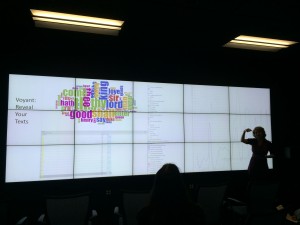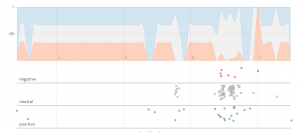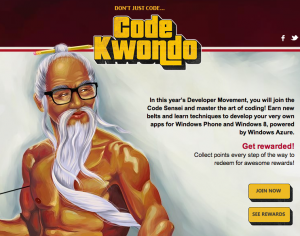From Eleni, a short article on coming issues around copyright at MOOCs, The Coming MOOC Copyright Problem And Its Impact on Students and Universities. These issues are not really new. Anyone working on distance education in the 80s and 90s had to face these issues, especially if you were a faculty member creating content. Our University IP approach to copyright has languished as it is not considered as important as patentable IP. University IP boards tend to deal with the types of IP that make money for the university and not those that are usually assigned to faculty. The problem comes when a university invests significant funds in developing a MOOC or Blended Learning course. A university wants to be sure the copyright issues are solved before investment. A university wants some clarity as to who, of a large team of faculty, graduate students, videographers, graphic designers and programmers, really owns anything. A University want to be able to offer the course even if members of the team move on (which faculty do a lot.) The approach I am pushing at U of Alberta is non-exclusive rights so that anyone in the team (including the University) can do what they want with the materials. A prof can take the materials to another university if they leave and rebuild a similar course. All that is expected is that people and institutions are given credit.




